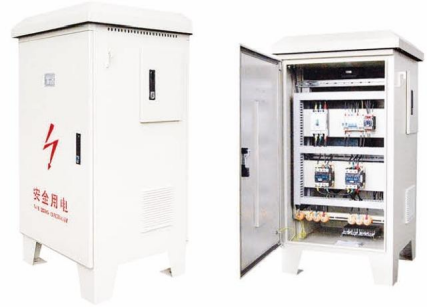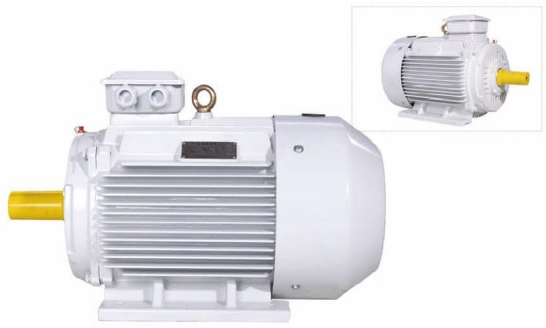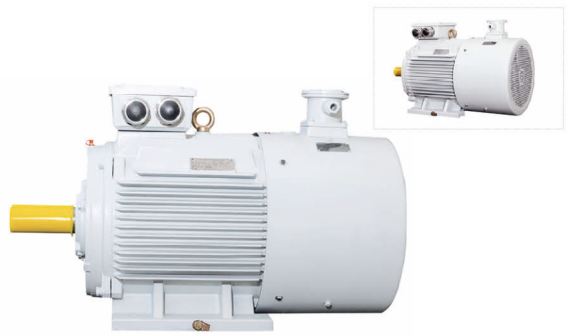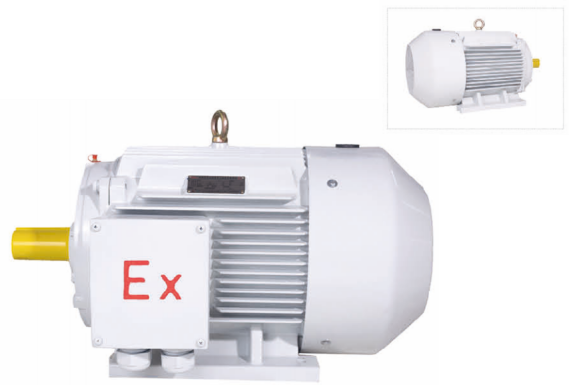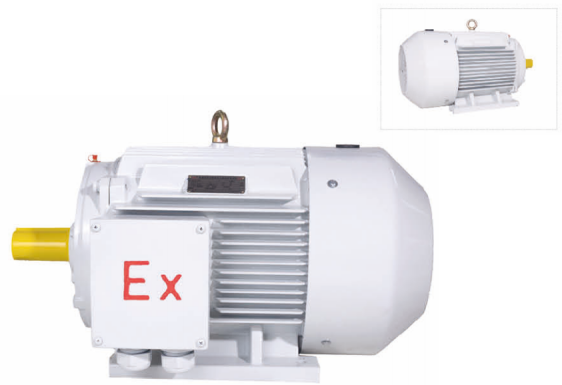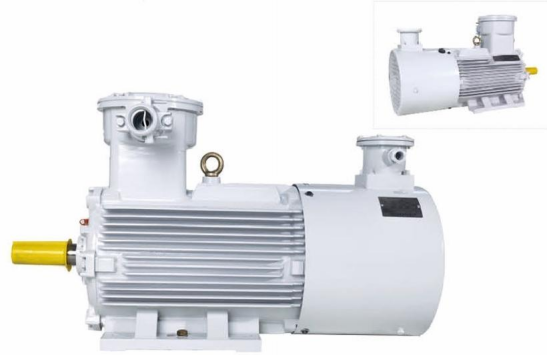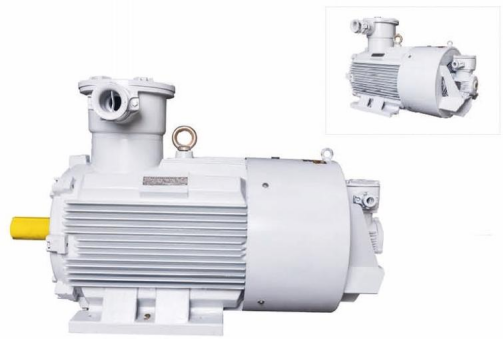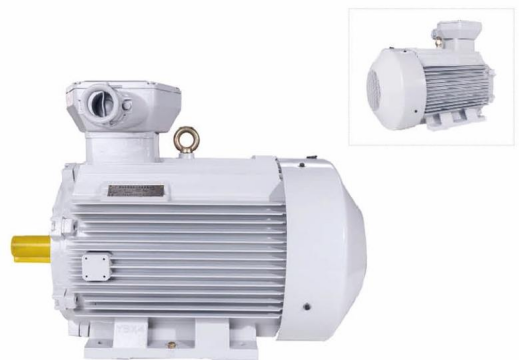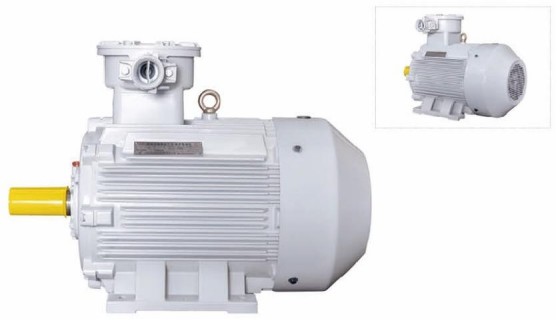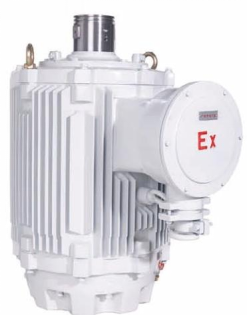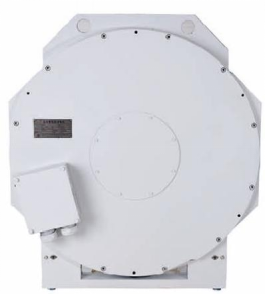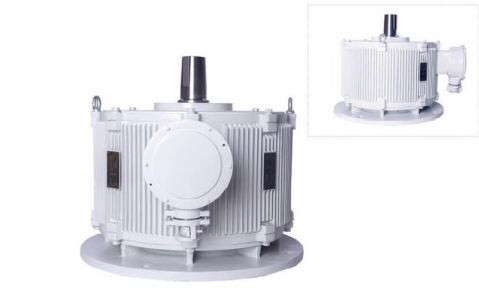Wedoany.com Report-Apr. 16, Hawaii is advancing its clean energy goals through a new initiative to update geothermal resource maps for Hawaii Island, Maui, and Lanai. Funded by the Hawaii State Energy Office, the project aims to provide accurate data to lower drilling risks, reduce costs, and boost investor confidence in geothermal development. This effort supports the state’s target of achieving 100% renewable electricity by 2045.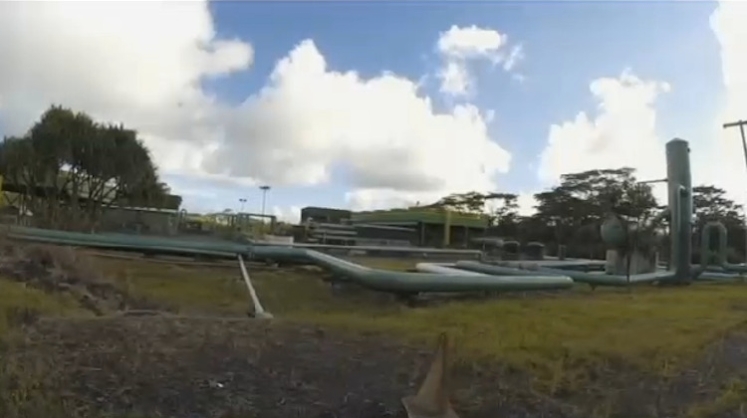
Video footage of Puna Geothermal plant in Hawaii
The mapping project is part of a broader strategy to diversify Hawaii’s energy sources and decrease reliance on imported fossil fuels. Currently, Puna Geothermal Venture (PGV) operates the state’s only geothermal power plant, generating up to 38 MW on Hawaii Island. Additional areas are now being assessed for potential new projects. The state is requesting approximately USD 80 million over the next two years to support these efforts.
Geothermal energy’s consistent output makes it a key component for energy security and grid stability. Alongside the state’s initiative, the U.S. Geological Survey is conducting a separate geothermal resource assessment across the islands. These combined efforts aim to address uncertainties about subsurface conditions, such as temperature and permeability, which have historically hindered progress.
“There is enormous geothermal potential across Hawaii,” said State Energy Officer Mark Glick, noting that better data will help pinpoint viable sites and simplify permitting processes.
Private sector interest is growing, with Ormat Technologies, PGV’s operator, planning to expand operations on Hawaii Island. Other companies are exploring opportunities on Maui and Lanai. PGV, which resumed operations in 2020 after the 2018 Kilauea Volcano eruption, remains a vital part of Hawaii Island’s energy grid and a model for sustainable energy production.
Hawaii’s focus on geothermal energy reflects a commitment to low-emission power sources. By integrating public mapping efforts, private investment, and community involvement, the state is fostering conditions for future geothermal projects. These developments may provide valuable lessons for other volcanic regions aiming to tap into their geothermal resources.
